When we think of having a strong core, we generally strive for obtaining that summer ready 6 pack, however; the core muscles I’m referring to are the pelvic floor and Transversus Abdominus. Don’t get me wrong, as much as the 6 pack or the most outer layer of abdominals ( rectus abdominus) is aesthetically pleasing, they don’t’ support our foundational structure, the spine and pelvis. The Transversus Abdominus and pelvic floor muscles make up the deepest layer of musculature, supporting the spine and pelvis and when strengthened and engaged properly, can off load strain on the low back and significantly reduce low back pain.
Think of the T.A as a corset on ladies and a cummerbund on men, cinching muscle to bone, wrapping around our entire midsection front to back. Most of us don’t know how to engage this layer of muscle properly, if at all. When I explain to patients how to engage this layer, I use the analogy of trying to stop the flow of urine, engaging belly to spine, as opposed to pushing out your 6 pack. This can be tricky at first as it is the opposite from what we typically think flexing our muscles means. There is a series of exercises I prescribe to patients who experience chronic low back pain, women who have given birth or anyone who has had abdominal surgeries. (Laparoscopy, appendectomy, hysterectomy etc.)
The relationship between the low back, transversus abdmoninus and pelvic floor muscles.
Try to find your core by lying on your back and sucking your belly towards your spine and see if you can repeat this a few times, noticing any differences, working up to 20 repetitions.
Inhale through your nose, then as you exhale hug your belly towards your spine. You can feel the TA contract under your fingertips.
The ultimate goal is to restore your core and reduce or prevent low back pain and don’t worry, your 6 pack will get better looking along the way too maybe even dare I say, the 8 pack? I keep telling myself, it’s in there somewhere!













